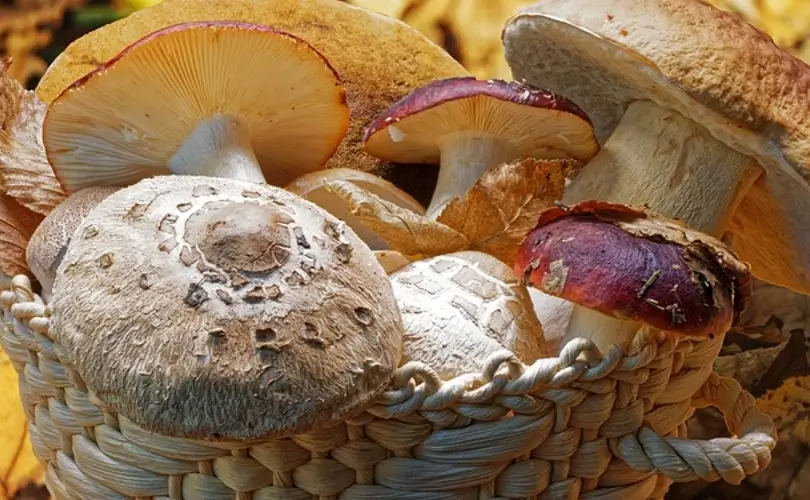Picking mushrooms is a great outdoor activity that can be fun and rewarding but also requires some planning. A good field guide (like Mushrooms: River Cottage Handbook No 1 by John Wright) is a must, as well as a notebook to document your discoveries and favorite mushroom spots.
The Best Place to Pick
To find the best places to pick mushrooms, look for areas with recent activity. That could be a recently burned area or a lightly-used trail in the woods. In either case, morels tend to sprout up in these spots; they like soil that has been disturbed, and they don’t like soggy soil. Following a small stream or creek could also lead to a mushroom patch.
Check the Soil for Fungi
Soils rich in fungi are better at producing mushrooms than those more bacteria-rich, says Michael Potter, an organic farmer at Northwood Farms in Oregon. The fungi prefer to grow in areas with lots of decaying organic matter, like old tree stumps and fallen leaves.
If you’re a serious forager, you can even get a soil test from your local nursery to see what’s in the ground around you. Then, you can make a logical, informed decision on which areas are the most promising for picking.
The Right Time to Pick
An important thing to remember about picking mushrooms is that they need time to develop before they are ready for harvest. Ideally, you want to wait until the mushroom caps are pinched and ready to open, but that only sometimes happens. So watching for visual cues like the cap size, color, and texture would be best.
The right time to pick depends on the type of fungi you’re hunting. For example, shiitakes are ready to be picked once the caps have opened, while morels can be harvested as soon as the caps begin to open.
For the more experienced mushroom hunter, timing is often a challenge. Still, the three day period between the pinnae opening and the veil breaking is an excellent general indicator of when to harvest. Identifying the right moment to pick is key to successful foraging and can save you a lot of time and effort later on down the line.
Spotting the Mushrooms You Need
The most common mistake people make when foraging is to yank up every mushroom. However, this can damage the health of the mushrooms you’re trying to harvest and lead to an overabundance of unwanted spores in the area.
To minimize the risk of contamination, you should only pick a few at a time and not disturb the surrounding soil too much. Moreover, you should only pick mushrooms identified satisfactorily as edible, not poisonous or toxic.
You should also avoid picking mushrooms growing on a property owned by someone else. That’s because, in many countries, picking mushrooms on private property can be illegal. If you’re caught, you can face fines or jail time, so be sure to check the laws in your country before heading out on a mushroom-hunting trip.
